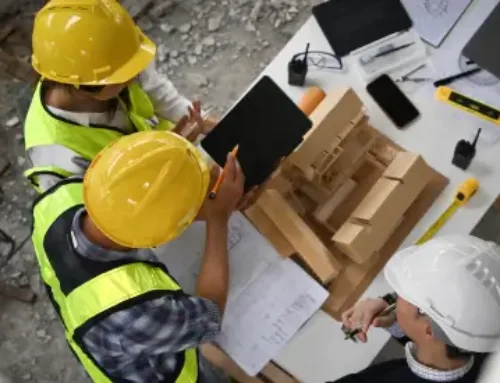Just because you’ve left school doesn’t mean you’ve stopped being a student. In the fast-evolving industries, continuous learning isn’t optional, it’s essential.
From new digital tools to shifting workforce expectations, staying current helps you stay competitive. But learning doesn’t have to mean going back to school. It doesn’t even require formal classes and certifications, although those can be helpful too. Continued learning and development can become a mindset that is built into your work environment.
Here are simple ways to build learning into your day:
- Listen while you work: Try industry podcasts or audio books during your commute or routine tasks.
- Attend events: SLC3 offers tools such as webinars, LU and PDH credits, and insider insights (like this blog that you’re reading now).
- Schedule a learning hour: Block time regularly to explore a new trend, software, or regulation. This could be monthly or even as frequent as on a weekly basis, depending on your schedule.
- Ask more questions: Mentorship doesn’t have to be formal. Start by asking someone how they learned what they know.
Incorporating these steps will help you go further in your career, no matter where you are at. SLC3 is a great place to start. As part of our mission, SLC3 wants to add to a culture of continued education as our industry changes. We offer several education programs to foster this. Be sure to stay up to date on our events calendar so you don’t miss the chance to register for a program.
Improvement doesn’t stop with yourself. You can encourage your whole team to adopt a growth mindset and incorporate learning into their routines. If you’re in a manager position, here’s how to begin building a learning culture within your team:
- Make learning visible. Leaders set the tone. Share what you’re learning—whether it’s the SLC3 newsletter, a podcast, or a takeaway from a training, make it available for your team.
- Encourage questions over perfection: Shift the mindset from “knowing everything” to “figuring things out.” Celebrate curiosity, openness, and problem-solving as key strengths.
- Create space for knowledge sharing: Hold quick team huddles, lunch-and-learns, or rotating “teach-back” sessions where team members share new tools, lessons, or ideas.
- Support professional development: Offer time, flexibility, or a small budget for staff to attend industry events, take courses, or pursue certifications—even a few hours a month matters.
- Recognize growth, not just outcomes: Acknowledge when someone learns a new skill, improves communication, or steps outside their comfort zone. Celebrate the process, not just the results.
Building a learning culture takes intention, but it pays off in resilience, innovation, and stronger teams. In an industry where the ground is always shifting, teams that learn together stay ahead together.






